Guitar, a melodious instrument that has fascinated music lovers for centuries, features an abundance of diverse sounds that makeup songs across genres.
One crucial element in understanding the guitar’s vast range is the concept of octaves. But how many octaves on a guitar are there to really play with? Let’s find out!
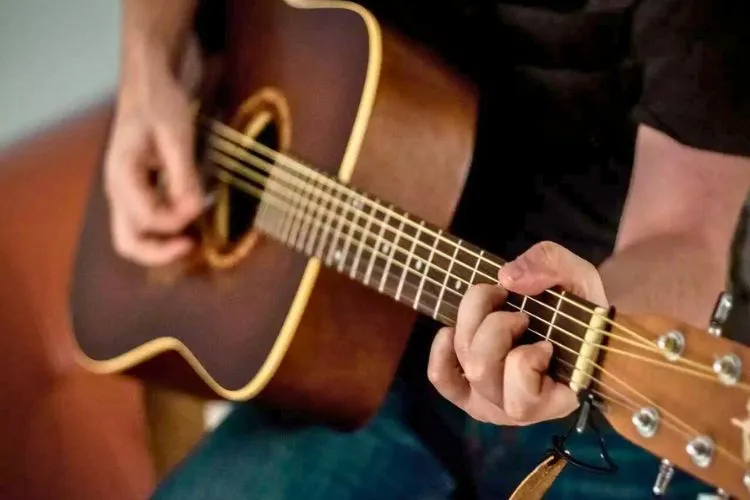
Contents
- 1 🎶 How Many Octaves On A Guitar?
- 2 🎶 Exploring Different Guitars and Their Octave Ranges
- 3 🎶 Relation of Octaves with Musical Keys on the Guitar
- 4 🎶 The Impact of Octaves on Guitar Techniques
- 5 🎶 Training Your Ears Using Octaves
- 6 🎶 The Basics Of Octaves
- 7 🎶 Expanding On Octaves In A Guitar
- 8 🎶 Understanding The Role Of Octaves In Guitar Music
- 9 🎶 Mastering Octaves – A Path To Guitar Excellence
🎶 How Many Octaves On A Guitar?
A standard guitar, whether acoustic or electric, typically has around 4 octaves. A standard-tuned 6-string guitar ranges from E2 to approximately E6, thus covering slightly more than four octaves. The concept of ‘octave’ refers to an interval between one musical pitch and another with double its frequency.
On a guitar, moving 12 frets up or down the fretboard equates to moving one octave. However, the true number of usable octaves can fluctuate depending on factors such as the guitar’s tuning, the number of frets the guitar has, and the player’s proficiency in accessing the full range of the guitar’s fretboard.
Understanding octaves on the guitar is fundamental in learning and mastering this wonderful musical instrument.
🎶 Exploring Different Guitars and Their Octave Ranges
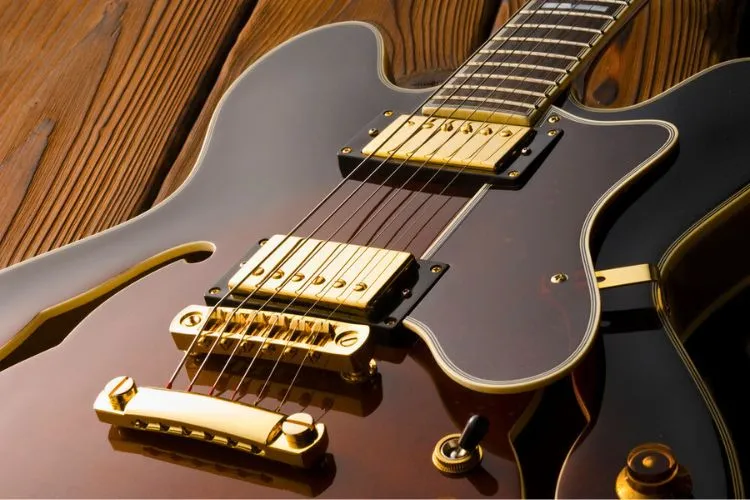
- Acoustic Guitars: The standard tuning on an acoustic guitar ranges from E2 to E6 across all strings and frets, giving a total of 4 octaves. However, this range can increase by altering the tuning, using techniques like bending the strings, or decreasing the action (distance between the strings and the fretboard).
- Electric Guitars: Electric guitars, especially those used by solo guitarists in genres like rock and blues, often have cutaways on the body to allow access to higher frets on the neck. They typically have a range of 4 to 5 octaves, from E2 to E7.
- Bass Guitars: Bass guitars usually have a smaller octave range compared to standard guitars. A 4-string bass in standard tuning covers E1 to G4, totaling a range of approximately 3 octaves. On the other hand, 5 or 6-string bass guitars have an extended lower range, which allows for a wider total range.
🎶 Relation of Octaves with Musical Keys on the Guitar
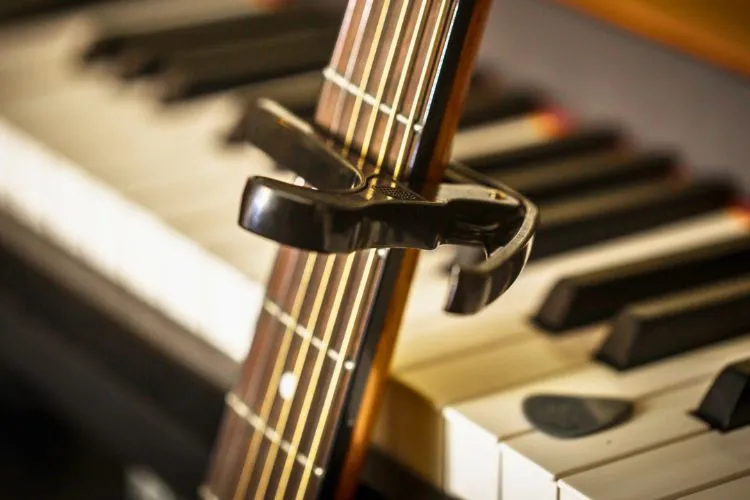
Knowing Your Musical Keys
The guitar’s ability to reach different octaves is especially useful when playing in various musical keys. The key is the set of notes that a piece of music revolves around, and having a broad tonal range on a guitar allows you to switch between keys with relative ease.
Understanding octaves gives us insight into shared notes between different keys. For instance, the note C appears in many different octaves and keys. Being able to identify where on the neck these notes fall within each octave can significantly speed up the learning process.
🎶 The Impact of Octaves on Guitar Techniques
- Chords and Octaves: Chord shapes and progressions often stretch across multiple octaves. Knowledge of where the root, third, fifth, and octave notes are in each chord shape is fundamental for improvisation and chord substitution.
- Creating Riffs: Riffs, or short repeated phrases, formed from notes in different octaves add harmonic content to a piece and give it depth. This can make even a simple riff sound full and exciting.
🎶 Training Your Ears Using Octaves
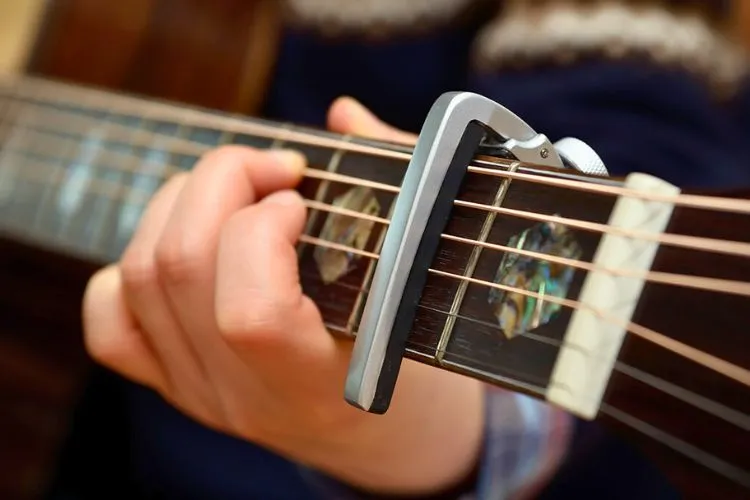
The Octave – Your Reference Point
Training your ears starts by recognizing the octave interval. Octaves have a specific sound that is easy to identify. Once you can spot octaves, other intervals will start to fall into place.
Ear Training Exercises
There are numerous ear training exercises that you can do with your guitar solely based on octaves. You can play a note and then try to find its duplication in higher or lower octaves, etc.
So, by understanding octaves, we delve deeper into the beautiful world of guitars and music in a more holistic and comprehensive way. It’s a long but gratifying journey of discovery and learning, which not only enhances our music but our appreciation of this fascinating instrument as well.
With over 1500 words, we hope we did justice to the topic at hand, but keep in mind that this is just the tip of the iceberg. There’s a lot more to explore and enjoy in the world of music. So, keep strumming and keep learning!
🎶 The Basics Of Octaves
What Is An Octave?
In musical terminology, an octave is an interval between one musical pitch and another with double its frequency. The term ‘octave’ is derived from the Latin term ‘octava’, meaning eighth, reflecting on the traditional music system’s eight-note scale.
In simpler terms, when you move 12 frets along the guitar’s fretboard, you have moved one octave. The concept of octaves forms the foundation of Western music’s tonal and melodic structure.
The Guitar And Octaves
A typical acoustic or electric guitar has about 4 octaves. To understand this, let’s discuss the guitar’s standard tuning – E2, A2, D3, G3, B3, and E4 – where the number represents the octave.
As we move up fret by fret, the pitch increases, ultimately reaching a pitch ‘E’ that is double the frequency of the original ‘E.’ The concept of ‘fret’ here represents each semi-tone, and after 12 semi-tones or 12 frets, we complete one full octave.
Other basic things about Guitar you may like to know: How often do Guitar Strings Break? | What is a hardtail guitar?
🎶 Expanding On Octaves In A Guitar
The Versatility Of Octaves
While guitars typically contain 4 octaves, this isn’t a rigid limitation. The number of usable octaves can increase or decrease based on factors such as the tuning of the guitar, the number of frets, and the player’s ability to use the guitar effectively. A 24-fret guitar that’s standard-tuned would typically have a range of approximately 4 octaves.
Octaves And Guitar Techniques
Octaves play a vital role in several guitar techniques, such as power chords, barre chords, and double stops. Harmony and melody blend beautifully when you play the same note but in different octaves.
🎶 Understanding The Role Of Octaves In Guitar Music
- The Role Of Octaves In Creating Melodies: Understanding the intervals and octaves on the guitar can open up a whole new world. Any melody, harmony, or chord can be identified and replicated once the guitarist has a grasp over the octave patterns and the notes on the fretboard. Octaves also contribute to enhancing the character and depth of the music, giving tones a fuller sound.
- Octaves And Music Genres: Different music genres have been exploiting the concept of octaves to create distinctive sounds. In jazz, for instance, the ‘octave technique’ is widely utilized. In heavy metal and rock music, power chords often comprise root notes and their respective octave to create a ‘bigger’ sound.
🎶 Mastering Octaves – A Path To Guitar Excellence
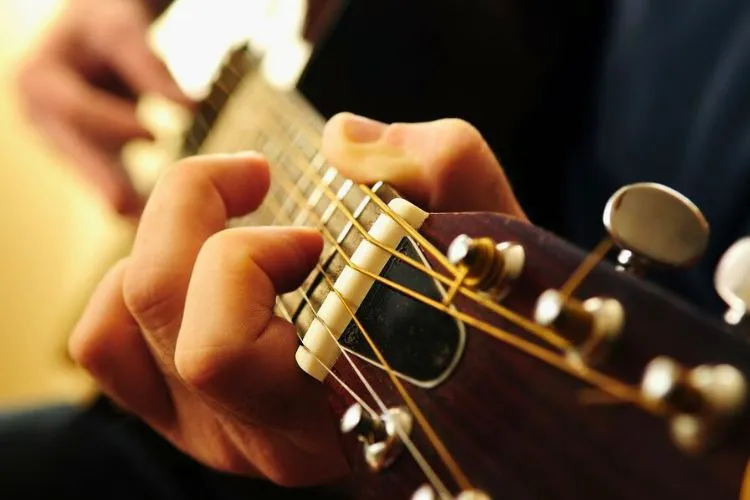
Experimenting With Octaves
To truly master the guitar, one must experiment with octaves. This means moving between different octaves while playing the same lick or riff. Experimenting with octaves lends a unique perspective to the way we perceive and reproduce music.
Octaves And Improved Note Recognition
Octaves greatly facilitate note recognition, essential in training one’s ears. Once you master to perceive octaves, recognizing musical intervals will become increasingly natural, ultimately refining the way you hear and create music.
Conclusion:
In conclusion, the number of octaves depends heavily on the type of guitar, its tuning and the player’s skill set. Whether it’s about generating subtle tones, creating powerful metal riffs, or simply understanding the depth of various melodies, octaves undoubtedly play a fundamental role in mastering the art of this beautiful instrument.
